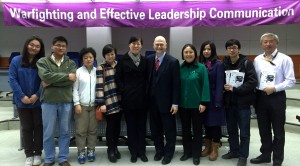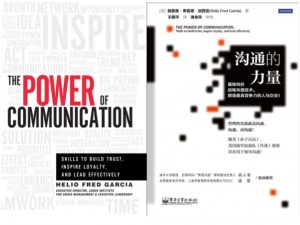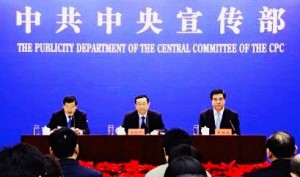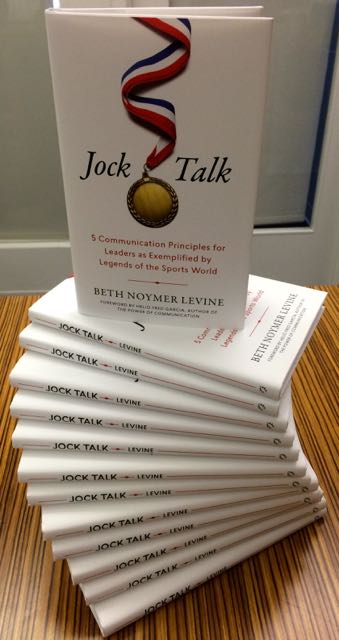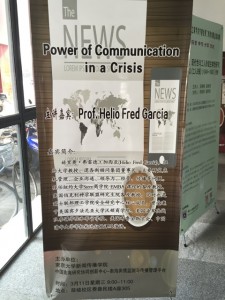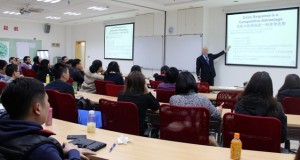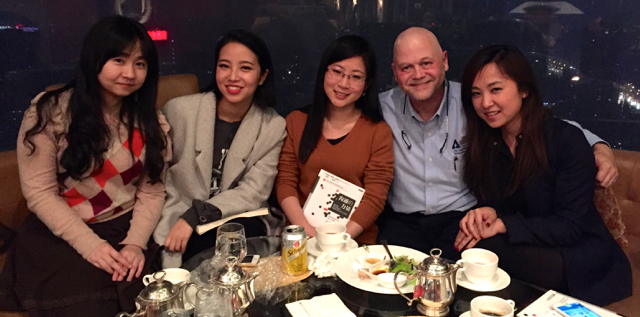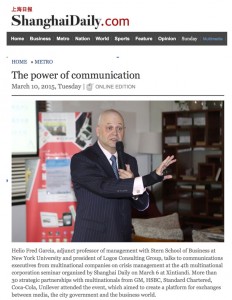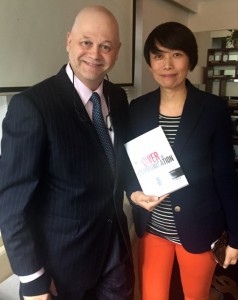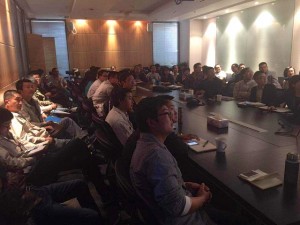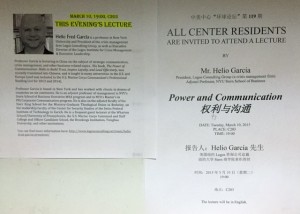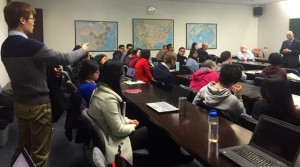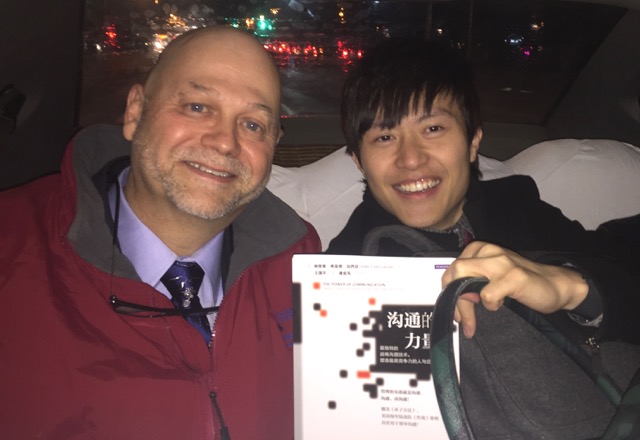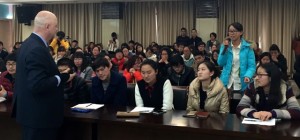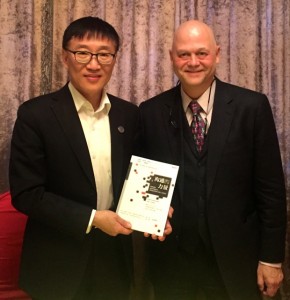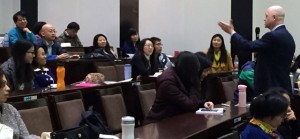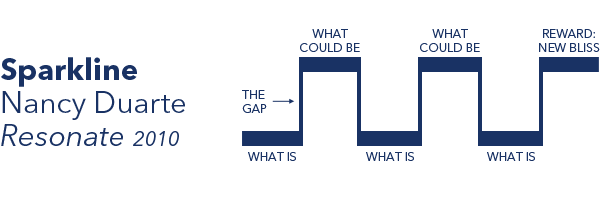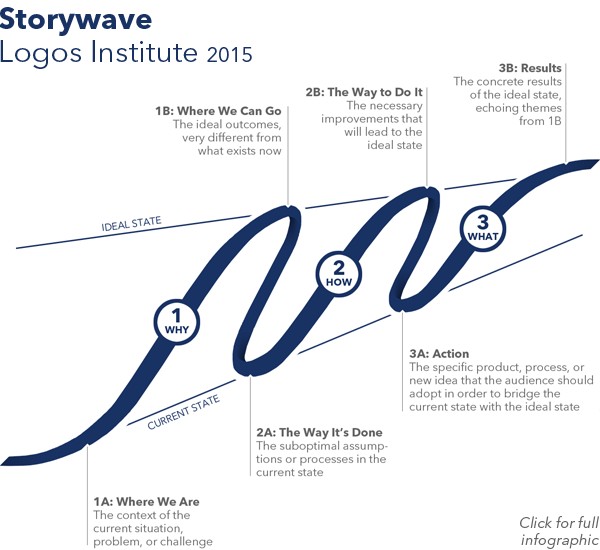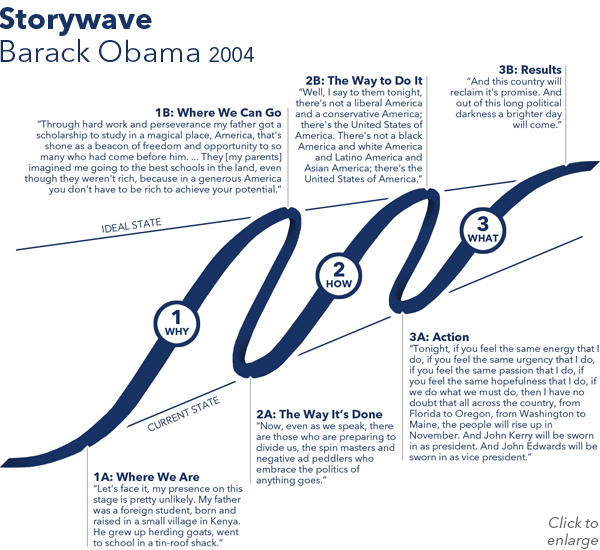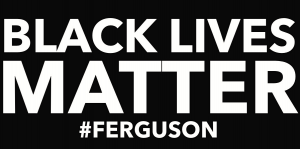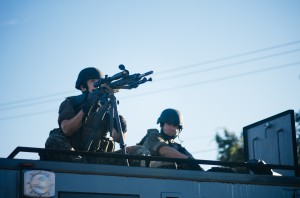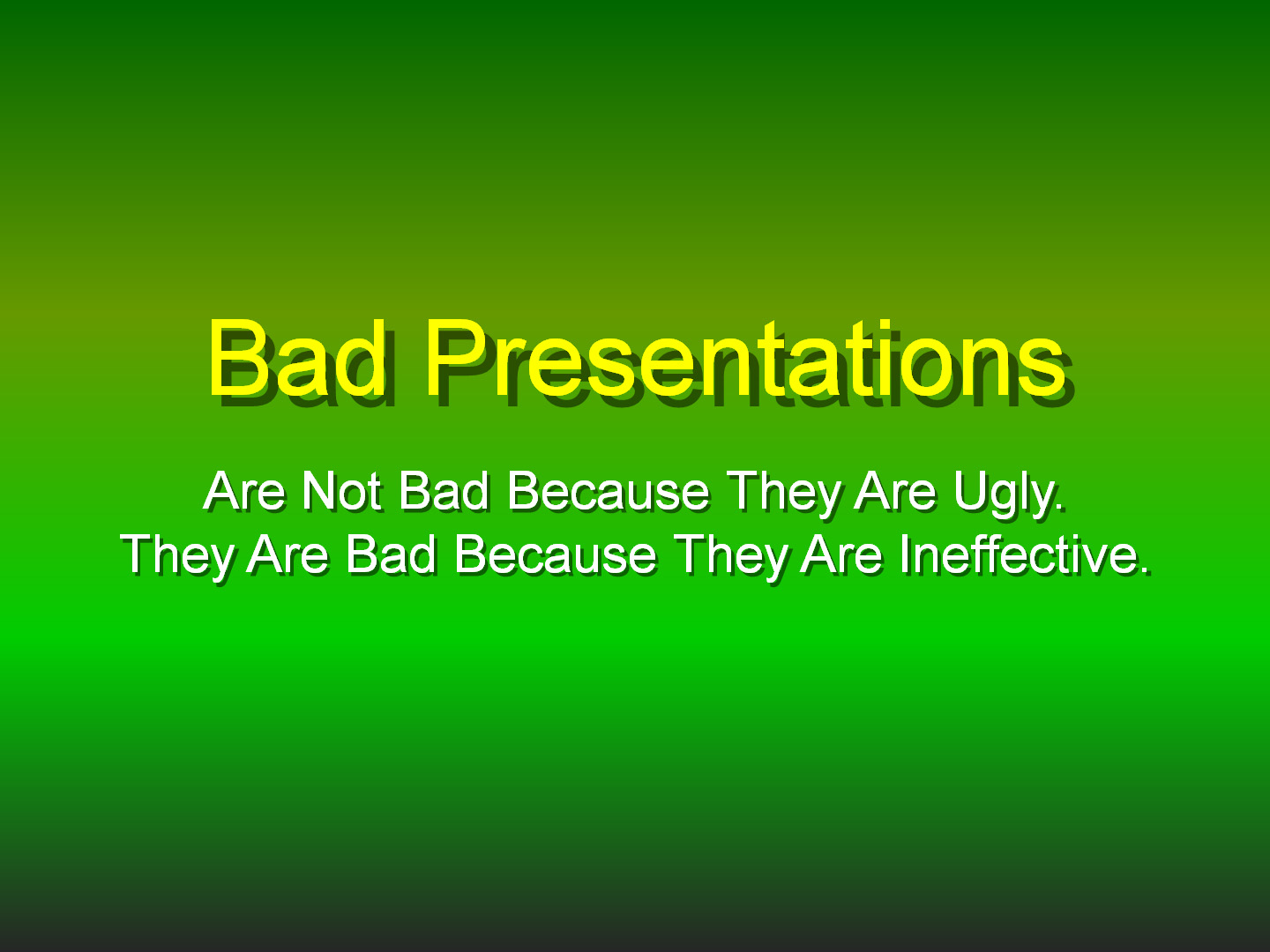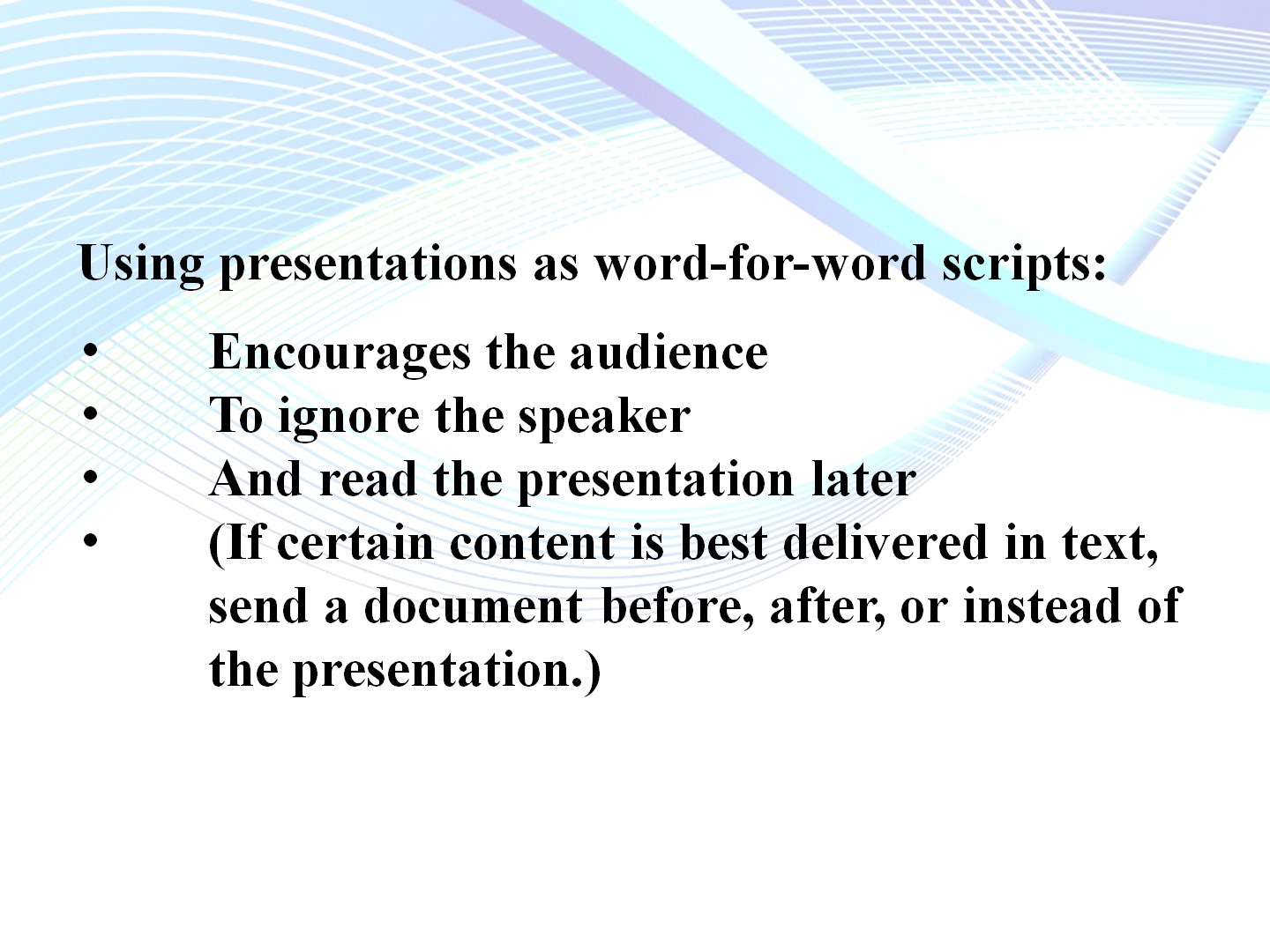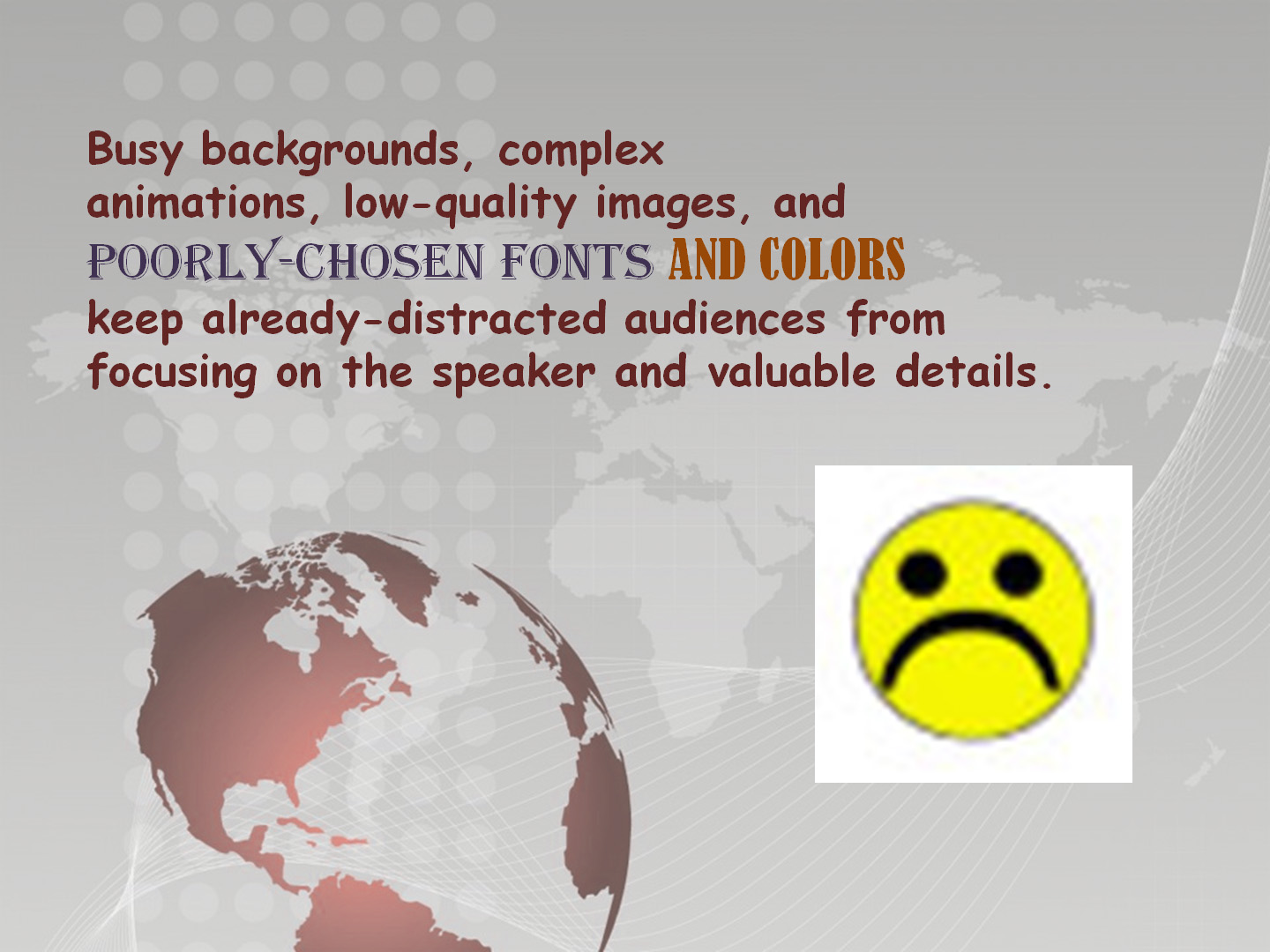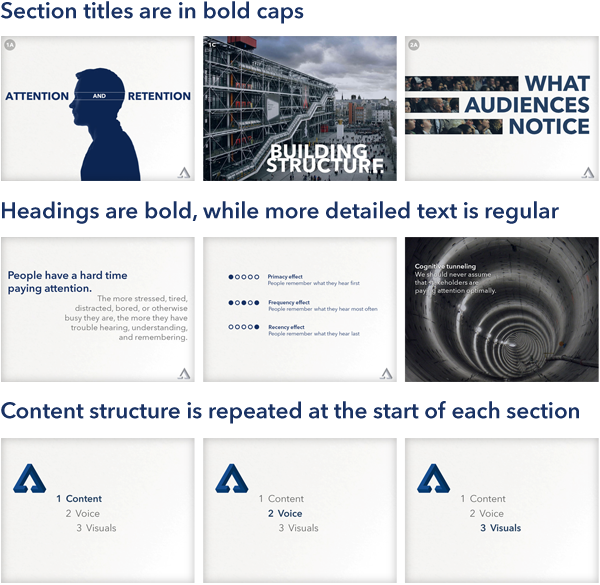Book Review and Commentary
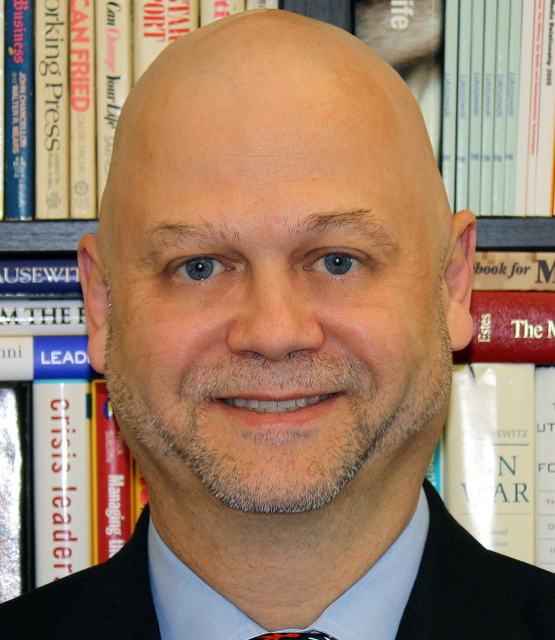 |
Helio Fred Garcia | Bio | Posts
28 Dec 2014
|
James G. Stavridis tried to leave the Navy in 1981, after his five-year commitment was up, to attend law school. But he got a call from his Annapolis mentor, then Lieutenant Commander Mike Mullen (later to become Chair of the Joint Chiefs of Staff). Mullen said, “You want law school. OK. Let me try and get the Navy to send you to a law school.” The next day he called and offered to have the Navy send Stavridis to the Fletcher School of Law and Diplomacy at Tufts University. Stavridis pointed out that Fletcher is not a law school, but school of international relations.
Mullen’s reply: “It has ‘law’ in the name. And it is hard to get orders to it. So you better take it now.” Stavridis did. He received a PhD in international relations and was named the outstanding student in his class, setting in motion a career that propelled him to be one of only two 1976 graduates of the U.S. Naval Academy to receive four stars. (The other, Marine General John Allen, served as head of NATO and U.S. operations in Afghanistan.)
The nation owes a debt to Adms. Mullen and Stavridis, both for their service and for the decision-making thirty-three years ago that kept Stavridis in the Navy.

In 2009 Adm. Stavridis was finishing a three-year tour as the four-star head of U.S. Southern Command (SOUTHCOM) when he was appointed by President Obama to become simultaneously Supreme Allied Commander of NATO (a position known as SACEUR) and also commander of the U.S. European Command (EUCOM). He was the first Navy officer to so serve. In those two roles he was simultaneously in charge of both all NATO operations around the globe (including the International Security Assistance Force Afghanistan (ISAF)) and all U.S. operations on the continent of Europe. In those capacities he presided over the 2011 campaign in Libya that ultimately removed Muammar Gaddafi from power.
Adm. Stavridis, who retired from the Navy in 2013 to become the Dean of his Alma Mater, the Fletcher School, has written a memoir of his time in uniform, The Accidental Admiral: A Sailor Takes Command at NATO. (Naval Institute Press, 2014)
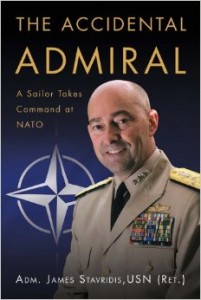
Worth Reading
The Accidental Admiral is my pick for the best leadership and leadership communication book of 2014.
It is worth reading, not just because it is elegantly written and shows in clear language the challenge of leading such complex organizations. And not just as a good window into both diplomacy and military strategy over the last five years. But also for three other reasons:
- Because Adm. Stavridis is an inspired and inspiring leader, and The Accidental Admiral is also a handbook on effective leadership, with application well beyond the military.
- Because Adm. Stavridis is a proponent of effective strategic communication, again with application well beyond the military.
- Because Adm. Stavridis is one of the big thinkers about national security, who will be shaping the views of the next generation of national security leaders. His views on smart power and open-source security (see below) are particularly worth noting.
Adm. Stavridis lays out the theme of his book early:
“The big lesson that I learned along the way, and which is the underpinning of this book, is in one sense very basic: the world is a diverse and complex place, and single-point ‘silver bullet’ solutions for its problems will almost always fail. Unilateral action is usually a disappointment; alliances, partnerships, and friendships are everything. We must apply international, inter-agency, and public-private connections in creating security in the twenty-first century.”
In many ways Adm. Stavridis echos the philosophy of his mentor, retired Joint Chiefs Chair Mike Mullen. In his 2009 article in Joint Force Quarterly, Adm. Mullen decried both the foreign policy and the strategic communication failures of the prior decade. He chided the nation’s leaders for the arrogance; for assuming that our good intentions by themselves would have us prevail.
“To put it simply, we need to worry a lot less about how to communicate our actions and much more about what our actions communicate…. I also hope we learn to be more humble, to listen more. Because what we are after in the end—or should be after—are actions that speak for themselves, that speak for us. What we need more than anything is credibility. And we can’t get that in a talking point.”
Decision Criteria: When to Use Force?
One of the challenges Adm. Stavridis faced as SACEUR was achieving agreement and commitment for NATO operations, both in Afghanistan and in Europe, from Nato’s 28 member nations. His investment in relationships and diplomacy came to fruition during the campaign to protect Libyan civilians between March and November, 2011. That campaign led to the ouster of Muammar Gaddafi, who was later killed by his own people. In addition to recounting the run-up to and the implementation of that campaign, Adm. Stavridis offers lessons learned from the Libya campaign that can help inform decisions on the use of force in other conflicts, such as in Syria or against ISIL.

“I do think we can draw some quick lessons from Libya that might inform the decision to engage elsewhere…
- There must be a pressing need in a humanitarian sense. This is the somewhat controversial legal doctrine of “responsibility to protect,” or R2P, as it is sometimes called. When large numbers of innocent civilians are being killed or threatened by disaster (man-made or natural), intervention must be considered.
- Allies and coalitions are crucial. The age of unilateral action is rapidly passing. Despite all frustrations, working with a coalition is vastly better than going it alone.
- Regional support is vital. The presence of Arab coalition partners in Libya was key.
- You must understand the language, culture, history, and hierarchy of any nation or region into which an intervention is considered.
- Bring lots of capability: intelligence, surveillance, targeting, ordnance, ships, aircraft, and – if necessary (and hope that they are not necessary) – troops on the ground.
- Try to minimize casualties. Interventions in today’s world are about relieving human suffering, not increasing it. That means working with humanitarian organizations, energizing public-private connections, using only precision-guided munitions, and paying attention to refugees at sea and on the ground.
- It will be expensive. More than you expect. Much more.
- Bring lawyers, strategic communicators, and public affairs experts, and engage the media early, often, and continuously.
- Do it under the auspices of the UN if at all possible. There may be times when it is not possible, but it is vastly better to intervene under legal norms provided by the UN.
- Probably most important, good luck. You will need it. In Libya, we had more than our normal share. It won’t always be so.”
Good advice. And note that President Obama seemed to follow many of these principles in formulating a response to ISIL in Iraq and Syria.
Lessons for Leaders
But the real value of The Accidental Admiral for civilian readers comes from Adm. Stavridis’ leadership principles. He summarizes his leadership approach:
“Any leader worth his or her salt understands that leaders must work hard to get to know the people on the team as individuals and demonstrate sincere concern for their families. In addition, they must master the skills and technology of any job; encourage teamwork and demand determination and dedication to task and mission; build innovation as a core competency; and insist on civility. In essence, leaders do best when they approach their position with an attitude of ‘leader as servant,’ always treating their teams with dignity, honor, and respect. No mystery there – except, perhaps, why so few leaders actually put those tenets to use…
People will almost always become what you expect and tell them to be: if you are suspicious and certain that they are going to malinger and procrastinate and do anything they can to get out of work, they usually will; if you tell them that they are going to get things done in record time and give them the resources and goals to do it, they usually will… But the key is always ‘leader as servant.’”
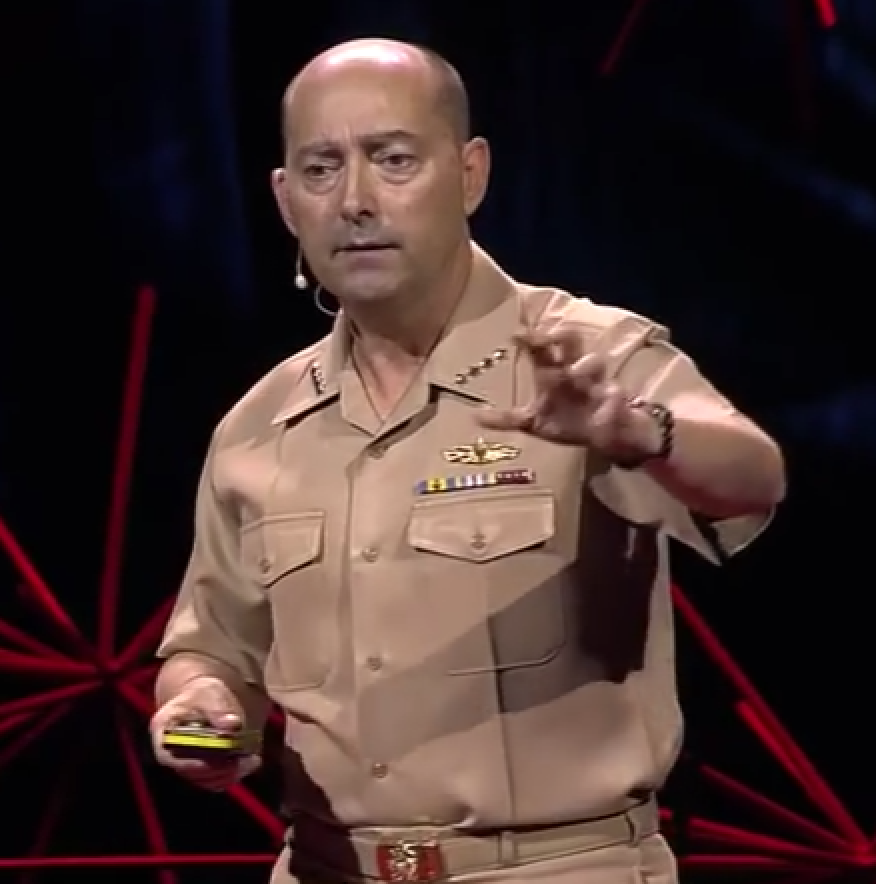
Adm. James G. Stavridis
Adm. Stavridis outlines what he calls “tricks of the trade: important ways in which a good leader can put broad philosophical ideas into operation, make sure the goals of everyone in the organization are aligned, and maintain grace under pressure.” They include:
- “Speak and write with simplicity and precision, and don’t accept imprecision from those around you. Casualness in speech and writing can lead to huge disconnects. This is particularly true with e-mail, which – when you hit Send – becomes etched in stone…
- Prepare thoroughly for key events. Make sure you understand which events truly matter. Don’t let the chaff floating around in the wind distract you from what is really important to your job…Leaders need to look ahead several months or even a year or two at a time; pick out the events that really matter; and spend an enormous amount of time, energy, and resources ensuring that they are fully prepared.
- Be your own spokesperson. When things go wrong, it is much easier to find reasons why you should say nothing than to step up to your responsibilities…. But that gives the impression that the senior leadership is uncaring or unaware…After a sexual assault took place recently in the Australian Army, the Army’s commander, General David Morrison, posted a hard-hitting video and made repeated personal appearances condemning such attacks in the strongest terms and telling the offenders in direct terms: ‘Get out of our Army.’ Similar assaults have plagued the U.S. military, but many senior commanders have held back, fearing that they will ‘prejudice potential juries’ and ‘exert command influence.’ That is the wrong approach in my view – being your own spokesperson means stepping up and calling it like you see it in public. The Aussies have it right.
- Carve out time to think. Write down your thoughts. Share them with others whose opinions you respect.
- Don’t lunge at the ball. Too many decisions are made in haste, under pressure, based on emotional reaction, or with incomplete facts. Take the time to gather the information you need. Don’t be driven by anyone else’s timeline unless absolutely required (i.e., by law).
- Details matter, but think big thoughts. Balance the time spent on absorbing and understanding details and that spent sitting back from the thicket of the day to day and trying to think through new ideas, concepts, and necessities for your family, your organization, and the nation.
- Look at the new law or regulation for yourself. Don’t rely on summaries or a staff member’s or lawyer’s opinion as to what the law says. Get it and read it yourself.
- Organize yourself. Don’t turn over personal organization to assistants, no matter how good they are. Much of the value of getting organized… is that it forces you to think holistically about events. The essential material thus gets into your head.
- Carve out time to read. Take a balanced approach: fiction, nonfiction, professional journals, and so on.
- Make mentorship a priority. Listen, learn, educate, and lead… Walk around and listen to your team. And show up early for meetings.”
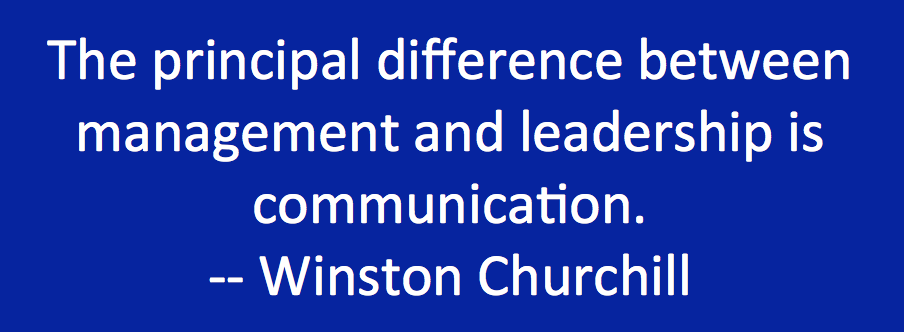
Taking Strategic Communication Seriously
A second reason to read The Accidental Admiral is Adm. Stavridis’ view on strategic communication, which he sees as the glue that holds together all other strategic initiatives. His recommendations are completely consistent with best practices and with the approach I advocate in my book The Power of Communication: Skills to Build Trust, Inspire Loyalty, and Lead Effectively (FT Press, 2012). He knows that you can’t move audiences unless you meet them where they are. In particular, he understands the power of human connection; of taking audiences seriously and engaging them effectively, not as an afterthought but as an essential element of leadership. As I often say, communication is the continuation of policy, by yet other means.
His philosophy of strategic communication is summarized as follows:
“Effective communication is the key skill a senior leader needs in today’s world… Winston Churchill is said to have observed that the principal difference between management and leadership is communication. Effective communication requires leaders of an organization to take an early and persistent role in deciding how ideas and decisions are shaped and delivered.
Simply stated, the objective of strategic communication is to provide audiences with truthful and timely information that will influence them to support the objectives of the communicator. In addition to truthfulness and timeliness, the information must be delivered to the target audience in a precise way. This generalized approach can be applied to essentially any organization. It may sound easy, but in practice it is as hard as hell. The U.S. Department of Defense and NATO are damn good at launching Tomahawk missiles but can’t launch an idea to save their lives, figuratively (and occasionally literally) speaking.”
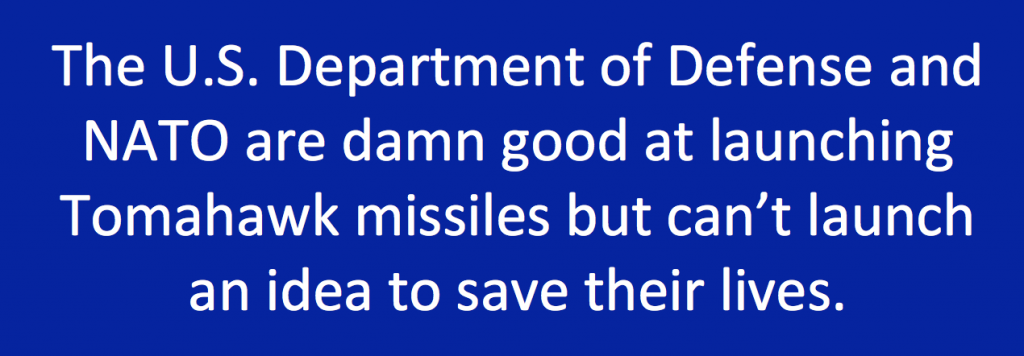
He notes that strategic communication is vastly more art than science, but also offers the following insights.
“Here are some things that I have seen work, although none of them is foolproof.
- Remember that the postman never rings twice. You get only one chance to make a first impression on any story. Pick your spot and start talking carefully, thinking about the setting and the context, getting expert advice, and get out in front – intelligently.
- You can’t un-ring a bell. Something once said can never be pulled back, especially in the media echo chamber, which demands constant content to fill the 24/7 news cycle. Ill-advised short-, punchy, cute phrases can kill you. Before you speak, make sure you know exactly what you want to say. And remember, there are times when silence is golden.
- Tell the truth. The most important principle is the simplest: Always provide the truth to your audience. Nothing will more quickly doom strategic communication to failure than a falsehood. A strategic communication team can have a superb message, excellent messengers, and a carefully crafted plan – yet a single lie can bring the entire effort crashing down… Tell the truth and emphasize that you do tell the truth. Over the long run, it is unquestionably the best approach.
- Have a good message. The most brilliant strategic communication in the world will not sell a bad message… Again, this seems self-evident, but there are many in the world of strategic communication who believe that a bad message can be sold effectively. It cannot. The strategic message must resonate with the audience because it shares appropriate human values such as liberty, justice, honest, economic improvement, security, and fair treatment.
- Understand the audience. Can there be two more different countries in the world than enormous Portuguese-speaking Brazil and tiny English-speaking St. Kitts? Or Spanish-speaking, economically strong Chile and poverty-stricken French-Creole-speaking Haiti? The audience is different in each country or territory and each group of people, during each particular season. Therefore, the messages must be evaluated and tailored with the diverse qualities of the receiver in mind.
- Pull the trigger promptly… Do not let the ‘perfect’ become the enemy of the ‘very good.’ Develop a reasonably good plan fast and execute it right away. Otherwise you are likely to end up back on your heels in the world of the perpetual news cycle. Leaders tend to want to wait until they have all the facts before acting, but they often won’t have the time. Especially in this modern electronic media-driven world you will literally and figuratively be buried before all the facts come in.
- Think at the strategic level… A strategic communicator must stay at the strategic level and not dip down into the tactical level represented by public affairs…. Indeed, strategic communication consists of a wide variety of tools and processes within a command… Each has a role to play in effective strategic communication at the tactical or operational level, but none of them is a substitute for a strategic plan operating at the level of the entire theater across time, space, language, and culture. At the strategic level, the intellectual firepower of the command must be brought most distinctly to bear.
- Measure results. Many strategic communication plans flounder because the implementers, thrilled with having developed and ‘sold’ the plan, are completely consumed with its execution and fail to take the most important single step: measuring its results. The absolute key to effective communication is rolling out a plan, organizing it widely, executing it energetically, and then measuring its results. ‘Organizing it widely’ means making sure that all of the key stakeholders are in on the formulation of the plan – essentially, ‘in on the takeoff, in on the landing.’ Too often strategic communication plans are cooked up by brilliant public affairs professionals, vetted swiftly with the top leadership, and then promulgated. Without wide support on the buildup, though, it is unlikely there will be much ground-level support when the plan comes out.
- Adjust fire. No strategic communication plan is perfect at conception. All must be adjusted as time goes by. You may go to war armed with the ideas you have, but you will not win unless you are willing and able to modify those ideas along the way – discarding those that fail and welding on new approaches as needed. One way to approach measurement is to adopt short-, medium-, and long-term views. The short term is immediate reactions – say, twenty-four to forty-eight hours. Medium-term measurement is done after thirty to forty-five days. Long-term measurement takes place at the one-year point. After each of these measurement windows, the plan should be evaluated and recast according to what is working and what is not.
- Add spice. Strategic communication should not be boring.
- Maintain steady pressure. Very seldom do strategic communication plans succeed overnight…. All good strategic communication plans take time, sometimes generations, to fulfill.
- Bursts of energy. The analog of steady pressure, of course, is bursts of energy. In any strategic communication plan there will be moments when it is opportune to hit with bursts of energy…. A creative strategic planner is constantly looking for the right moment to come in high and hard with an energy burst.
- Accepting defeat and moving on. Some strategic communication battles are un-winnable. Sometimes the message is not going to have any effect no matter how effective the plan.
- Knowing when you win. Sometimes the hardest thing for any strategic planner is not accepting defeat but rather recognizing victory. As a general rule, ‘winning’ in the world of strategic communication is never clean and seldom obvious.”
These principles make sense, but like Adm. Stavridis I am often shocked by how many individuals and organizations that use the phrase “strategic communication” seem to be neither strategic nor focused on effective communication. Rather, they tend to blend the strategic and the tactical, or assume that only one set of tools (media, social media, lobbying) matters, rather than seeing the big picture and aligning all the forms of influence. The discipline of thinking first at the strategic level, what I call being habitually strategic, is difficult, but the key to effective communication. Flawless execution at the operational and tactical levels also matters. But if the strategic part isn’t right, flawless execution can have counter-productive consequences.
Adm. Stavridis offers four recommendations worth considering for strategic communication in the twenty-first century.
“First, strategic communication is a team sport. It must be part of a joint inter-agency, and commercial system. It does no good whatsoever to have a perfect strategic communication plan that is ultimately contradicted by other U.S. government agencies, as – unfortunately – is often the case.
Second, at least for strategic communication that goes beyond the shores of the United States, … the international community must be considered and then consulted often.
Third, as we develop and execute our strategic communication plans, we should ask the simple question: who are the thinkers, the idea makers?… Recognize that the ‘strategic communication director’ is more like the conductor of a band than an expert on any given instrument. Moreover, give the director of strategic communication unfettered access to the commander.
Fourth, and finally, anyone who is trying to move a message must work with all the participants to arrive at a shared understanding of what constitutes strategic communication in an international sense.
These insights by themselves would make paying attention to Adm. Stavridis a good investment of time and energy. And it is gratifying to see this generation of military leaders — Adm. Stavridis, Adm. Mullen, Gen. Allen, understand the need to be effective both in leading complex coalitions and in aligning all actions with effective communication.
But there’s a final reason to follow Adm. Stavridis: He is helping the nation and its leaders re-think the use of power.
Rethinking Power
In many ways he is following in the footsteps of Harvard’s Kennedy School of Government professor Joseph Nye, whose 2002 book, The Paradox of American Power: Why the World’s Only Superpower Can’t Go It Alone described the distinction between hard power — military might and economic clout — and soft power — diplomacy, academic and cultural exchange, and other forms of attraction. The paradox, according to Nye, is that the more the US would use hard power the more it would squander its reservoir of soft power. But the converse didn’t apply: the US could use its soft power effectively without diminishing its hard power reserves. And in his 2011 book, The Future of Power, Nye describes how power is now diffusing and how many threats to national security now come from non-state players.

Open-Source Security
While still in uniform Adm. Stavridis took this approach and introduced the notion of Open-Source Security. In a TED Talk while still serving as SACEUR/EUCOM, he outlined the concepts of Open Source Security as follows:
“Instead of building walls to create security, we need to build bridges. Open-source security is about connecting the international, the inter-agency, the private-public, and lashing it together with strategic communication, largely in social networks. Why do we need to do that? Because our global commons is under attack in a variety of ways, and none of the sources of threat to the global commons will be solved by building walls.”
Among the threats to the global commons — the infrastructure we all share — he includes piracy on the seas, cyber crime, and trafficking — the movement of narcotics, weapons, and humans. These are done primarily by non-state players, but they create instability and flash-points that can lead to shooting wars. But there is no single state player solution to these global threats.
Says Adm. Stavridis,
“So here we are, twenty-first century. We know our twentieth century tools will not work. We will not deliver security solely from the barrel of a gun.”

While some military might may be necessary, and while it must always be available to policymakers, the challenges are much more complicated. He gives the example of the Afghan security forces. One of the key challenges they face is that the Taliban restricted education. So most men and women who serve in the Afghan forces join without the ability to read or write in their own language. So through a combination of security services, many government agencies of many nations, and private contractors, the Afghan security forces learn to read. This creates lasting benefits and stability for Afghanistan, and helps fulfill the national security interests of the United States, NATO, and our coalition allies. But it requires resources of the fifty nations in the mission, plus public-private collaboration.
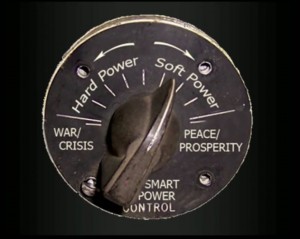
He argues,
“Life is not an on-and-off switch. You do not need to have a military that is either in hard combat or is in the barracks. I would argue life is a rheostat. You have to dial it in. And as I think about how we create security in the twenty-first century, there will be times when we will apply hard power in true war and crisis. But there will be many instances… where our militaries can be part of creating twenty-first century security: international, inter-agency, private-public, connected with competent communication.”
His TED Talk is worth watching to the end. It’s just under 17 minutes long.
His conclusion:
“No one of us is as smart as all of us thinking together. No one person, no one alliance, no one of us… My thesis for you is that by combining international, inter-agency, private-public, and strategic communication together in this twenty-first century, we can create the sum of all security.”
I believe that open-source security will be a key organizing principle of much security discussion in the years ahead. Reading The Accidental Admiral to see the practice in action, and watching the Ted Talk to see the current conceptual framework, will give you a pretty good head start.
Your thoughts welcomed…
Fred
